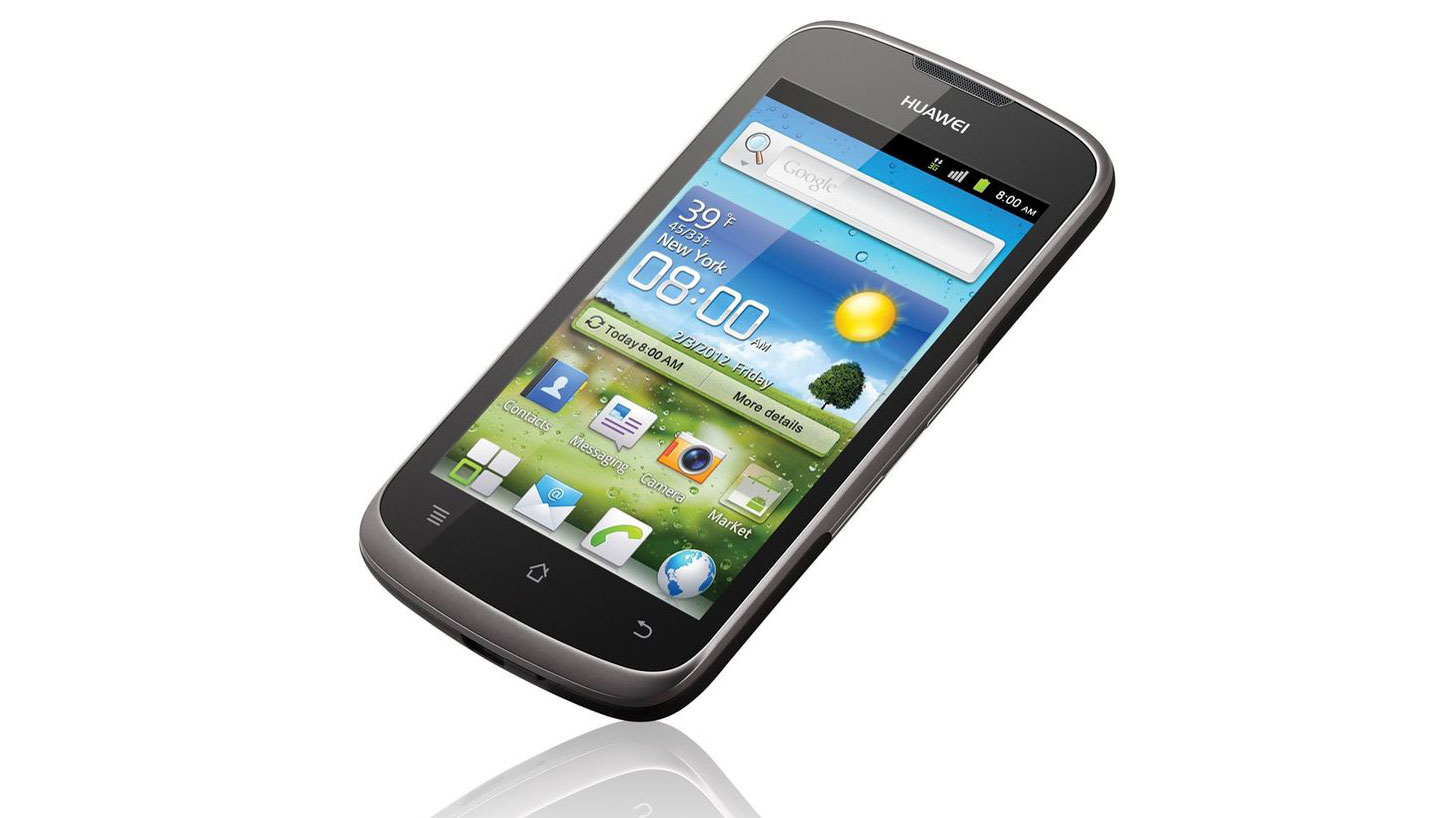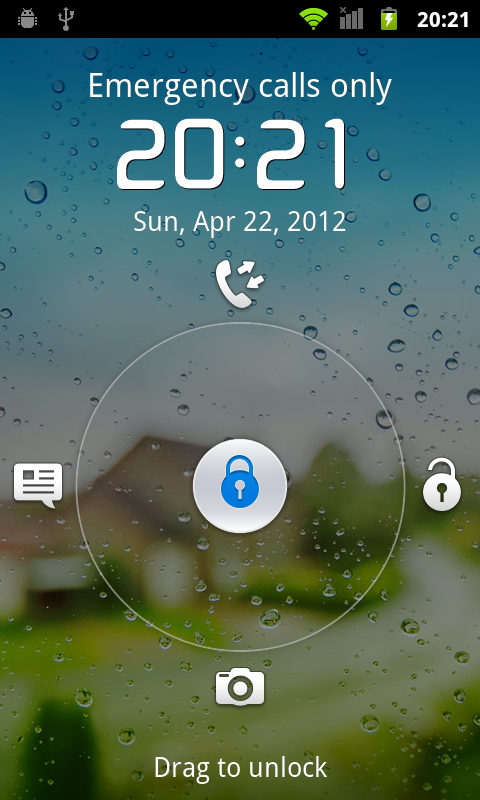Smartphone software updates explained
Vodafone explains how it prepares an update for your phone

There's no doubt about it – we all love to have the latest software on our smartphones. And that means regular updating. While iOS has its own centralised update system via your Apple ID, updates to Android devices involve a lot of legwork from your mobile network.
To find out more, we spoke to Vodafone's Chris May who explained that, in the case of Android, the first step is for manufacturers to decide which phones and tablets will get an update.
"In the case of a major firmware upgrade – such as Android devices moving from Gingerbread to Ice Cream Sandwich – it's largely dependent on the experience that the combination of the new software and the hardware capabilities of the device can offer customers.
"That call is made by the manufacturer in the first instance and they can start to develop their device's version once they receive the software from Google." Manufacturers will add their own treatments to the software, which could include standard apps, a skin such as HTC's Sense or Samsung's TouchWiz, and specific settings.
Network next
It's at this point that Vodafone receives the software from the manufacturer and network-specific elements can be implemented. Vodafone says it consults globally to make sure the right set of features and settings are incorporated into the update.
"In some instances we add branding and services to a device that we believe will benefit our customers – be that music, apps or even remote diagnostics capabilities," says May. "In other instances, we need to pre-configure services such as voicemail or network settings. This means the customer gets the best possible experience when they fire up their newly updated device for the first time."
Once the software build is finalised, the next step is testing. Once engineers receive the final build they embark on a testing programme. There can be several different versions of the software before it makes it to a device.
Get daily insight, inspiration and deals in your inbox
Sign up for breaking news, reviews, opinion, top tech deals, and more.
"Firmware testing can typically take anything from one day to one week, depending on our previous experience with an individual manufacturer, and the complexity of the upgrade itself," says May. "Security releases and bug fixes are usually quickest to test, but platform upgrades with new features take longer"
The waiting game
Testing isn't the only factor at play in deciding when the software update is released. Manufacturers have their own idea for when firmware should be released so users don't get too many updates over a given period as well as the release timescales for Android itself.
"In terms of testing, it's our job to ensure that we turn it round as quickly as possible, while still ensuring the best customer experience of the final software," May says. "We work very closely with our manufacturing partners throughout this process as you'd expect.

"Once our testing's completed we're keen for the update to get through the remaining steps in the process smoothly and quickly so it's in our customers' hands sooner rather than later. In many cases, our customers are among the first to receive software updates, and we're proud that's the case"
The manufacturer's release notes are also scrutinised for anything that might cause problems when the software is rolled out. The device is tested on a live network and the update is checked out to make sure it can be supplied OTA, or Over The Air via the network.
IT Technical Manager Kevin Ralph says the testing conducted is dependent on where the update has come from. "If it's a manufacturer we know well, we might conduct more limited tests – focusing on how new features perform. Assuming that goes smoothly, this process can result in the software making it back to the manufacturer pretty quickly."
"We test data, the operation of the apps, battery life, music services and so on – but if it's a device we've seen before we wouldn't go back and test the antenna again, unless there's been a specific issue identified with it."
Ralph says that in the case of the Huawei G300 Ice Cream Sandwich upgrade for example, engineers conducted the full range of tests. "We're doing nearly all the testing we'd do for the launch of a new device. It's the first time we've seen Ice Cream Sandwich on a Huawei, and the first time we've seen them do this kind of upgrade – so it's important we test everything and make sure the user will get the best experience."
Huawei has a relatively straightforward manufacturer overlay on ICS, points out Ralph. This makes it less complicated than more customised devices.
When Vodafone has finished testing the update, it's sent back to the manufacturer and to Google for final approval.
Because of the trend for larger platform updates, May says it means testing needs to be more comprehensive. "Typically software and firmware now goes through a two stage testing cycle. After conducting a first round of tests we report back to suppliers with our recommendations for any improvements – and then we would expect to see that upgrade again before we could be confident that it meets the highest standards for our customers."
The quotes in this article originally appeared in a post on the Vodafone UK official blog.
Dan (Twitter, Google+) is TechRadar's Former Deputy Editor and is now in charge at our sister site T3.com. Covering all things computing, internet and mobile he's a seasoned regular at major tech shows such as CES, IFA and Mobile World Congress. Dan has also been a tech expert for many outlets including BBC Radio 4, 5Live and the World Service, The Sun and ITV News.